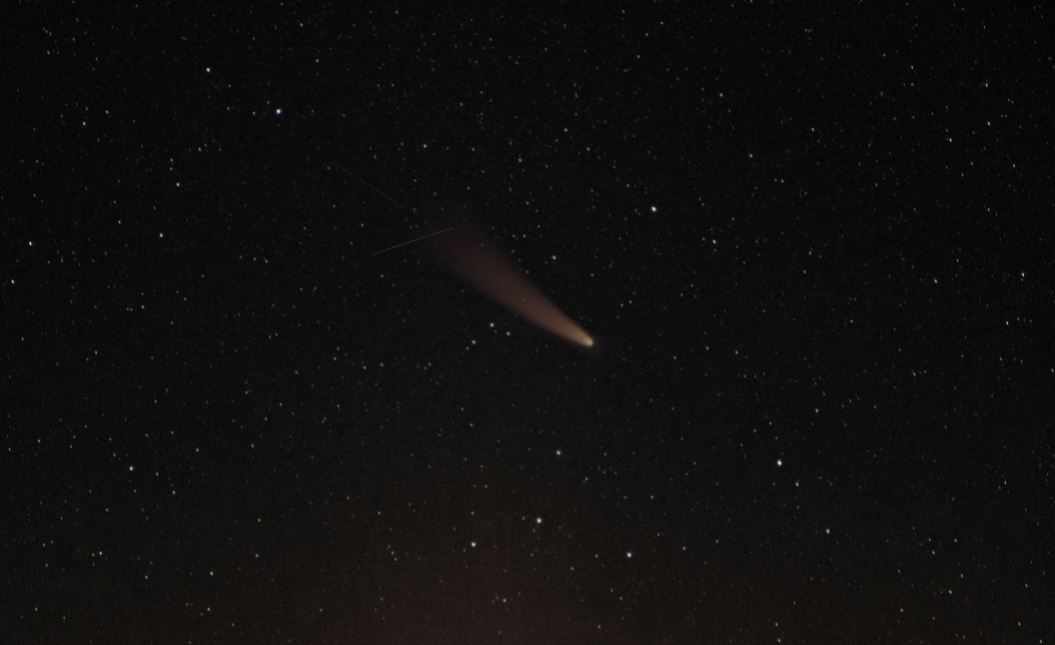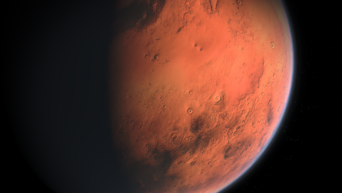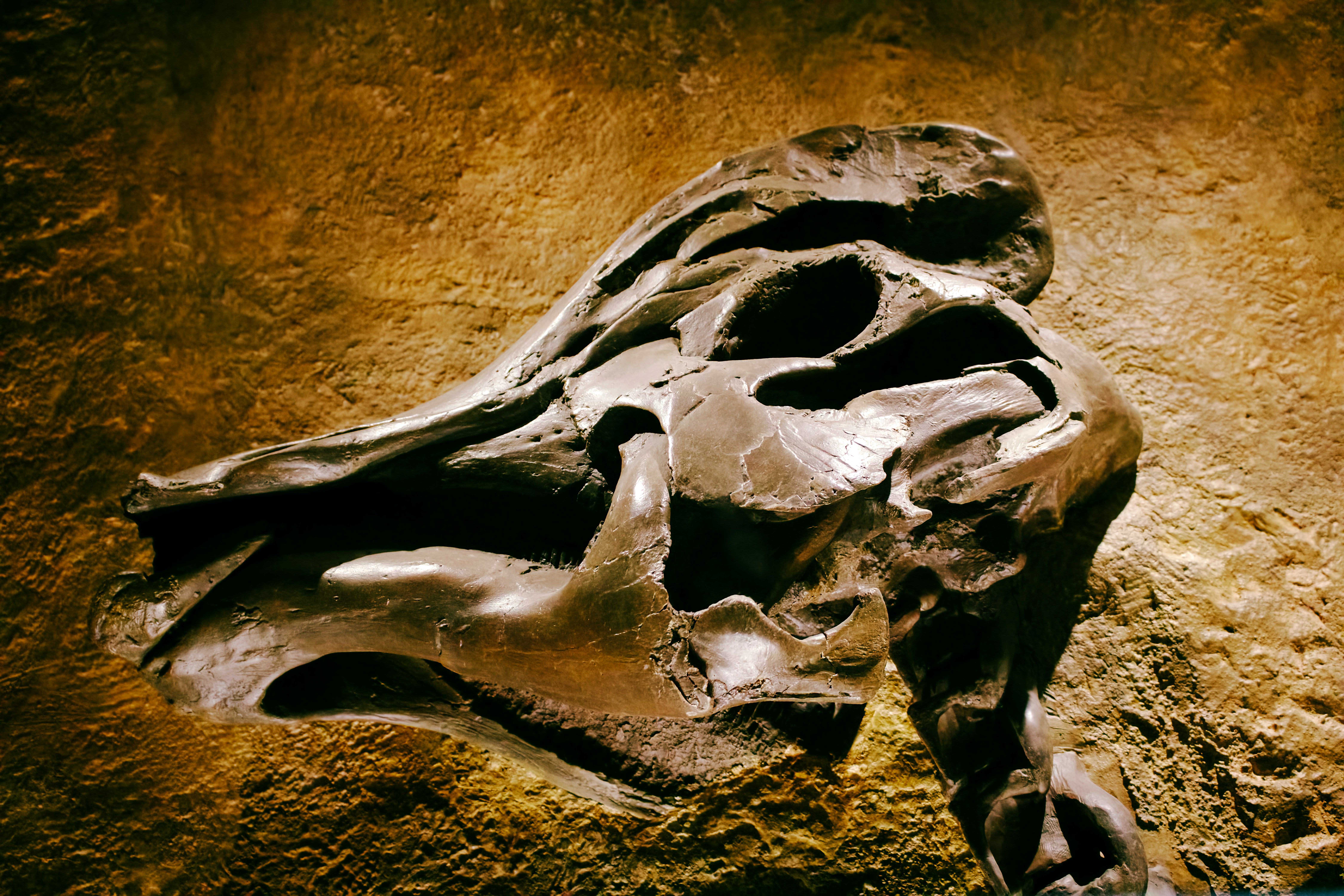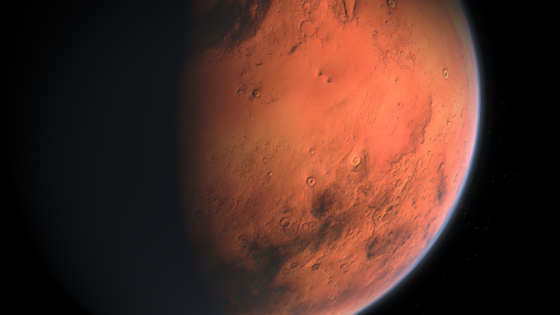
Credit: Unsplash
Turns out we’d need a pretty big advance notice.
In just about every action disaster movie of the late 90s, early 2000s, the scientists never seem to detect the big scary disaster until it’s already right on our doorstep. One example of this was the film Armageddon, where an asteroid the size of Texas would hit the Earth in a month, so we needed to shoot Bruce Willis into space to stop it. According to a recent NASA simulation, though, a month isn’t nearly enough notice.
NASA, in cooperation with other global space agencies, recently ran a simulated scenario for research purposes: an asteroid is going to hit the Earth in exactly six months, what are you going to do about it?
“It’s what we call a short-warning scenario,” Paul Chodas, manager of NASA’s Center for Near-Earth Object Studies, told Business Insider. “It was, by design, very challenging.”
Unfortunately, all of the engineers running the test agreed: six months isn’t enough time to realistically devise a solution. There are no existing technologies that could efficiently counter a rogue asteroid, nor do we have any short-range spacecraft that could conceivably knock it off course. According to the most conservative estimates, humanity would need, at bare minimum, at least five years notice of an incoming asteroid to effectively devise and develop a solution.
“Time is the most valuable commodity you could possibly wish for, if faced with a real asteroid threat,” MIT astronomer Richard Binzel told Business Insider.
“What that means is, for now, we are relying on luck to keep us safe from major asteroid impacts,” Binzel said. “But luck is not a plan.”
A NASA asteroid defence expert has told Newsweek that, in the event scientists spot an asteroid coming towards Earth, blowing it to pieces would not be such an outlandish idea pic.twitter.com/vhJsMsVSlQ
— TRT World (@trtworld) May 12, 2021
The researchers are now expanding their efforts to draft out proper plans, both for short-term and long-term solutions. Typical pitches include detonating powerful explosive devices near the asteroid, launching some manner of craft into it to knock it off course, or even blasting it with heating lasers. However, all three of these approaches would take years to figure out, even if development began in earnest the moment an asteroid were detected.
“Typically, that’s a drawn-out, multi-year process to go from proposal to actually having a spacecraft on a launch vehicle – let alone the fact that you still have to cruise to get to your destination and deflect the asteroid,” Chodas said.































